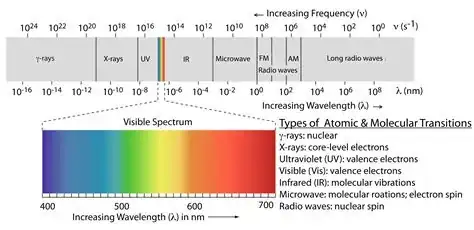As a high school student, I was studying the dual nature of matter and radiation and wave optics. According to Planck's theory, the energy of a particle is given as hf where h is the Planck constant and f is the frequency. In wave optics I read that the frequency of light is invariant in different media, keeping the above two statements in mind we may infer that the energy of light is invariant across different media. However, in wave optics, I also read that light slows down by a factor of n (refractive index of a medium) in a medium. This means that despite light traveling relatively slowly it still has the same energy, which seems slightly absurd to me as a high school student. I know I am missing out on a piece of this puzzle, I just want to know what it is, where is the enrgy redistributed?
2 Answers
When an EM wave enters a transparent material there is an electromagnetic wave produced inside the material. This wave interacts with the transparent medium to produce mechanical effects, like forces, momentum, stress, etc.
Unfortunately, there is no one unique way to separate the field momentum and energy from the material momentum and energy. When an EM wave enters a transparent medium the total energy and momentum are conserved, but the field energy and momentum are not. The rest of it goes into the matter, regardless of the exact method chosen to determine the field energy and momentum.
This is discussed by Pfiefer et al. in https://arxiv.org/abs/0710.0461 , but it is definitely at a college level rather than a high school level.
- 117,350
I can relate the question to this, In my answer there you can find an equation : $$\text{Power}\propto A^2 \text {v} \tag{1}\label{1}$$
As you can see in the following image that, if there is changes in frequency and wavelength then light "color" will be changed. But in reality, when light from a medium enters another medium then the "color" remains constant (they totally doesn't change, ignoring the effect of water, for water medium).
From the equation $\eqref{1}$, you can see that velocity is proportional to power (energy per unit time, now taking $t=1 \ \mathrm s$, and calling it energy rather than power). Since velocity is changing in different medium but if the energy remains constant then amplitude increases or decreases depending on velocity.
- 292
